Nobody Saves The World
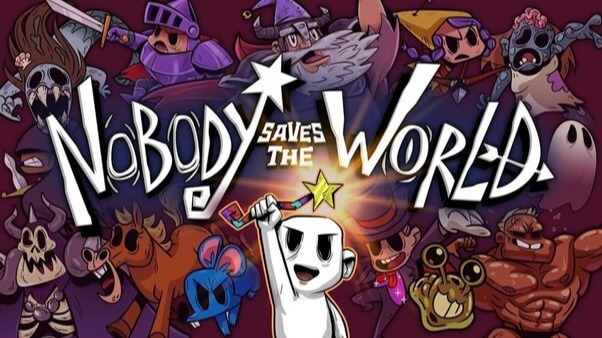
Nobody Saves The World - A Tale Of How Perception Changes Things
Sometimes there are games that repel from the first moment of acquaintance. Basically such cases are not uncommon when you meet another indie horror from the bottom of Steam. But when this happens when you meet a developer's creation with experience and name, the game flaunts awards, and the positive reviews repeatedly prevail over the negative, you begin to suspect the existence of those very suitcases of money. Fortunately, with Nobody Saves The World the story is different. Nobody Saves The World is bad at the genre admixture, but decent at the root of the genre.
What are you?
Despite the fact that the genre list of Nobody Saves The World says "Role Playing Game" and "Role Slasher" in black and white, the game clearly has problems with self-definition. The first thing the player will encounter is learning the root mechanics of reincarnation.
The main character, a little man named Nobody, wakes up in his room and remembers nothing of his past. The world in which Nobody is trapped is full of magic and fading from an unknown disease. Hopes of saving the world were pinned on the local Gandalf, Nostramagus. But the wizard disappeared, leaving behind a good-for-nothing apprentice and his wand. This wand has an extraordinary power. Only the most skilled and brave wizard can release its potential, only the chosen one. But the wand is found by a foolish Nobody with amnesia...
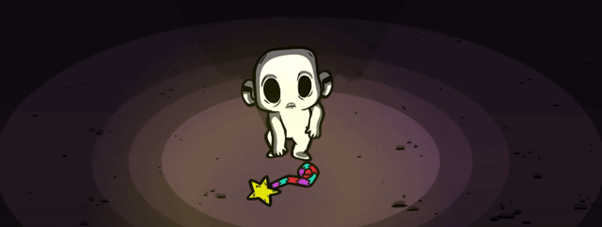
The classic story intro hints that we are faced with an ordinary role-playing game with an emphasis on story. But there's nothing spectacularly plot-driven after the tutorial. The game world looks magical, both literally and figuratively. A mix of medieval, steampunk, gothic and cartoons from the popular Jetix TV days, and...nothing is told to the player about the world. The only way to learn anything about the universe is to read through endless dialogues. And there most people only hear about the disappearance of Nostramagus. Well, we realized that Nobody Saves The World is not a narrative RPG like Witcher, Fable or Dragon Age...
The reincarnation mechanic hints at another genre, namely rogue-lite. At the player's press of a key, Nobody changes his appearance, and along with his appearance, he changes his active and passive abilities, characteristics, and appearance. This was a great feature in Skul: The Hero Slayer, but it works differently in Nobody Saves The World. There's no more need to randomize the look you like, you just have to play a class in a certain branch, get a score for the experience you've gained and go on to the next stages. A simple tree-like grid diverges in three directions, which hints at the fact that guises are divided into strongmen, dodgers, and wizards/specific guises. Right?
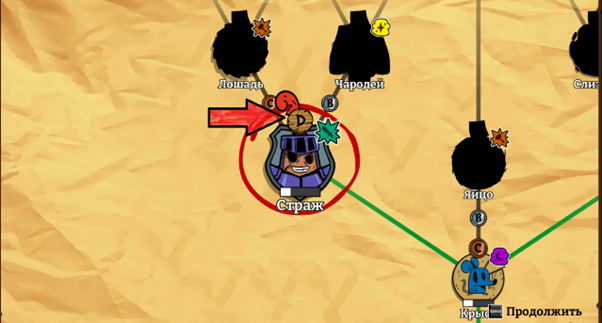
Nobody Saves The World is a rogue-lite, hinted at by the characteristic room clearing, the large number of health points of the protagonist and the chests encountered. But once you die in the game, everything becomes clear: Nobody Saves The World is not rogue-lite. There is no permanent death here. There was no need for greedy loot collecting, thoughtful pumping, and caution. And then you notice it and get suspicious:
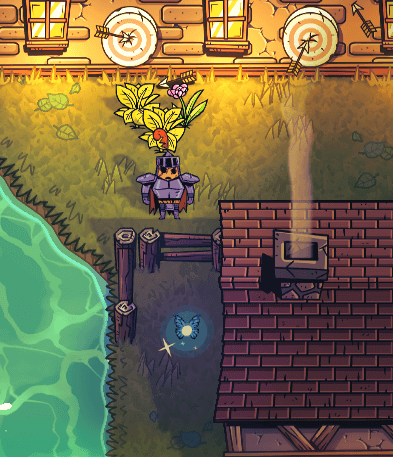
...That you are facing a metroidvania. Suspicions are reinforced by the presence of the open world, teleporters, and the fact that some areas, apparently, can not be accessed from the start, to which you will have to return later.
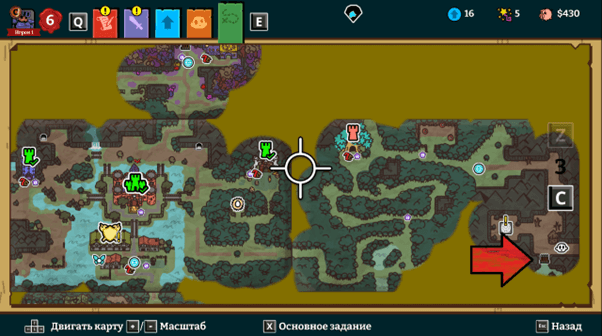
But how do the ideas of metroidvania fit in with the co-op? Nobody Saves The World has it. So, the more advanced player can open the way to the inaccessible areas and help pass the game in an hour? Again, Nobody Saves The World is not a metroidvania, even though it shares some features with the sub-genre.
Where does that leave us? It remains to dub Nobody Saves The World a slasher. In this genre it is important to press the buttons vigorously, twist combos, and watch the bloody extravaganza on the screen as a reward. But here, too, Nobody Saves The World has put a piggyback on the curvature of the combat system. You don't need to learn combos or watch your timings to overpower your opponent. You just need to get up close to your opponent and spell him to death. In addition the attacks of the opponents here are not readable, so the combat mainly comes down to who has more health and damage points. But that's not all...
Since it is possible to change shape at any moment by magic wand, it would be logical to assume that sooner or later the player should be forced to use characters with an emphasis on long-range combat. Nobody Saves The World is a game with an overhead view, ostensibly in pseudo-3D. But what competent combat can we talk about if the protagonist, attention, cannot shoot diagonally!
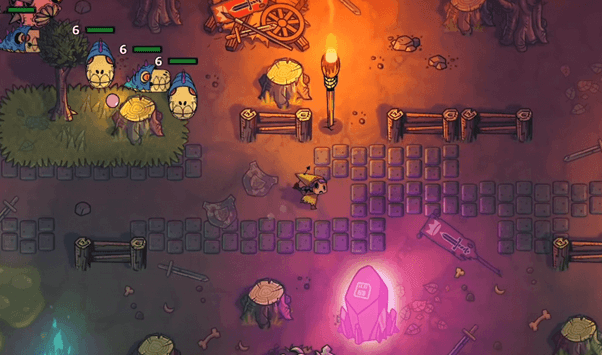
A reasonable question arises: what is the problem with avoiding long-range characters? The problem is that the situation on characters with melee attacks is sometimes even worse. Enemies don't wait for their turn to attack, but pile in. Even during boss battles, there's no head start. A pile of smalls doesn't lead to losses, but during heated skirmishes the following happens on the screen:
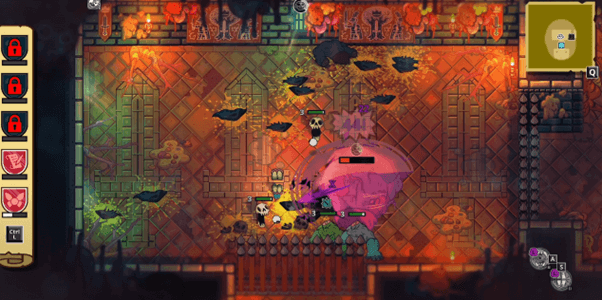
It is impossible to make out what is what in the colorful mess of special effects. At this point you want to end your acquaintance with Nobody Saves The World as soon as possible. And then you realize that you didn't guess the genre. And in its genre Nobody Saves The World is good...
Colorful Tristram
But if you overpower yourself a little bit, it's as if the game discovers your telepathic powers and calls out: "Wait! Don't go, you don't understand anything, I'll explain everything. The situation with Nobody Saves The World is about the same as with Borderlands: if you misunderstand the genre, both of these games seem to be disgusting. Borderlands is a disgusting and stuffy shooter, but a worthy successor to Diablo in an updated wrapper. Nobody Saves The World is an under-action, under-metroid with a grain of rogue-lite mechanics, but a good, albeit niche Diabloid.
Unlike Diablo, Path of Exile, Torchlight, and others, Nobody Saves The World does not burden the player with its builds at all. Diablo, Path of Exile, and Torchlight are definitely good, but looking for synergy, reading the guides, and killing the same boss 50 times in the hope of knocking out the damn Zod rune is a lot of fun.
Nobody Saves The World initially aims to bribe the player with reincarnation mechanics, but after two hours of play the player will encounter an NPC who gives the opportunity to shuffle and combine skills at will. It's a shame that not everyone will make it to this point...
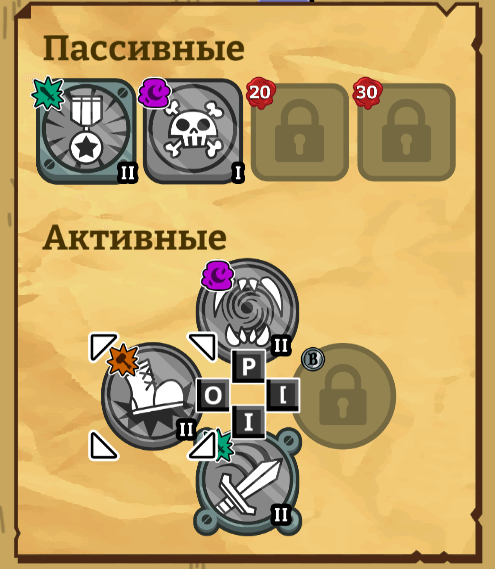
Since then, the new forms are not only interesting with their animations and attacks, but also expand the choice of builds. Build an archer with a mechanic ability and bombard groups of enemies at the expense of health loss rather than mana waste - you're welcome. Build a dragon that leaves slime on the ground and plays off periodic damage - go for it. From that moment on, the character form no longer shackles the player to a set of starting skills, but becomes just the basis for future builds. Here the story is already reminiscent of the early years of Path of Exile, when any character could become anything.
Nobody Saves The World has only 4 types of damage: light, dark, blunt, and sharp. Light stuns, darkness poisons, dull is similar to physical, and sharp pierces armor. The character is pumped like in Skyrim: you're pumped by what you play. To raise the level of skill you need, say, the skill to kill 100 enemies. In addition to pumping skills, pumping and the protagonist himself Nobody. But there is also no place for piling up incomprehensible characteristics. Set gentlemanly: damage, defense, mana replenishment for causing damage, reloading skills, etc.
It is noteworthy that the player is not in danger of putting together a build that does not work and regretting it. Reloading is free, at any time you can completely transform your style of play, peeping at experienced players and never having to experience any problems from now on. As a Diabloid, Nobody Saves The World is easy to learn and player friendly.
Is Nobody Saves The World worth buying?
If you come across this game on your Xbox with a GamePass subscription, it's definitely worth a try. But if you own a PC, but don't have a gamepad, the controls will ruin the experience. The controls of Nobody Saves The World are largely sharpened on button presses and repeated presses, but not on the accuracy and speed of the computer mouse. Trying Nobody Saves The World with a keyboard and mouse is at your own risk.
But control issues aside, Nobody Saves The World is an extremely casual Diablo clone with good side quests, refreshed gameplay, and a touch of metroidvania. If Diablo IV doesn't inspire confidence, but you want to play something like this, you'll probably like Nobody Saves The World.
